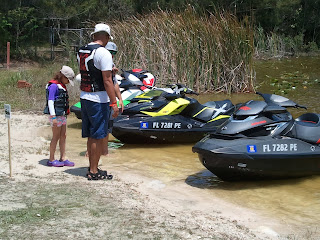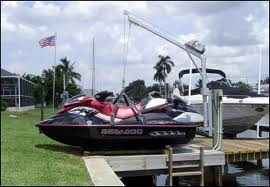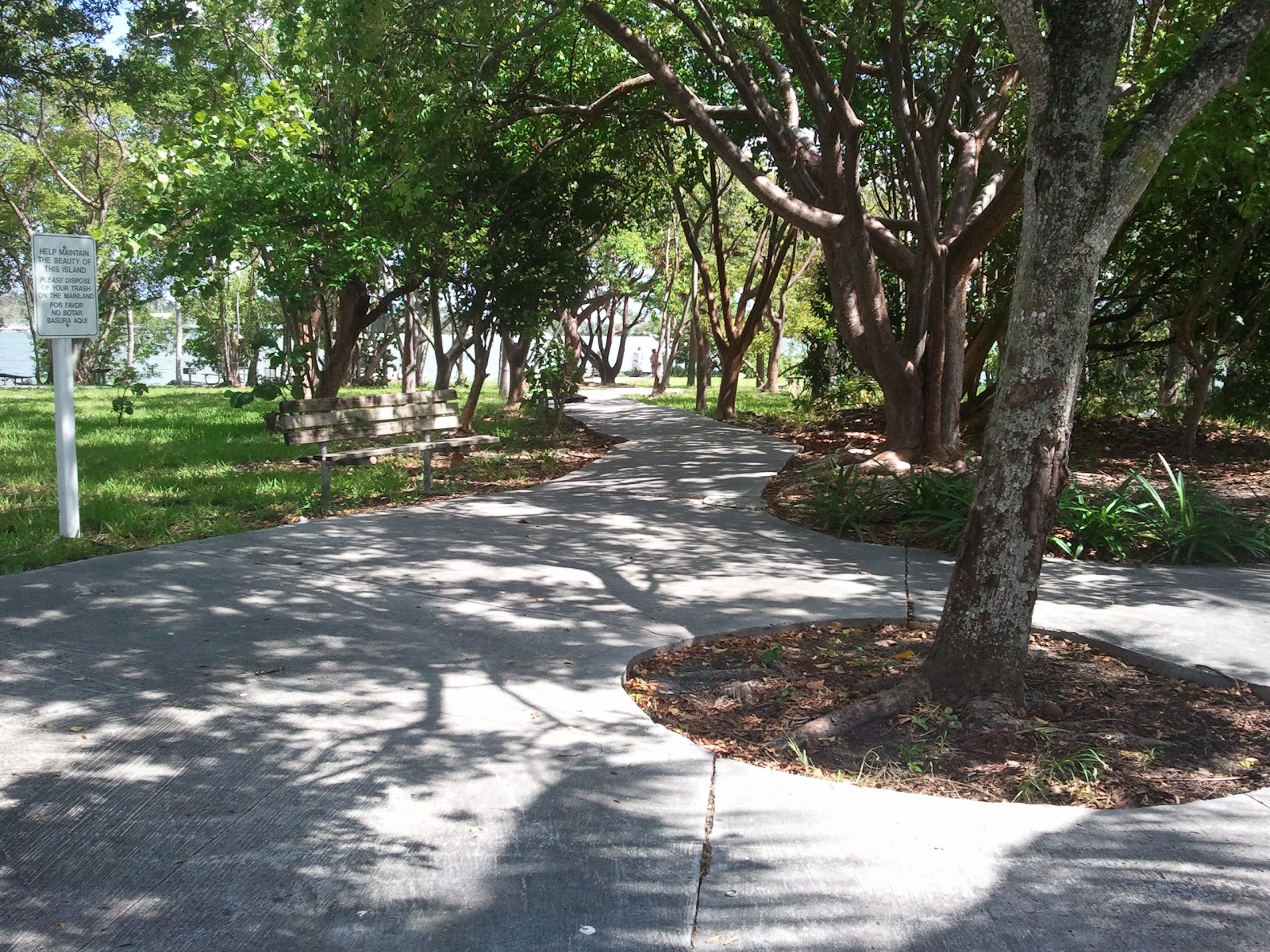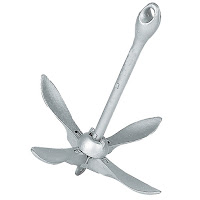“Ask not what you can do for your country. Ask what’s for lunch.” ~Orson Welles
 |
| Either me or Garfield, cannot tell which... |
If you are anything like me, you probably build up quite an appetite while out on the water. There are times in the summertime that I head out just after sunrise and do not return for 12 hours or more. There are definitely those nights where I walk into my house and put down a pizza like Garfield with the lasagna pan. But why wait until your innards are consuming themselves before rewarding your cavernous gullet? Why not bring some vittles out with you?
 |
| Oh God...not another gas station sub sandwich!! |
Good news…you are no longer sentenced to an unsatisfactory lunch of greasy chips and gas station sub sandwiches that you throw in there on the way to the boat ramp, whose soggy mayonnaise may or may not cause salmonella poisoning by the time you eat your unrefrigerated Blimpie several hours later on a 90 degree afternoon. Hooray!
Now don’t get me wrong…I do love a good fresh sub. But I have found that there are a myriad of other ways to enjoy a much greater variety of yummy cuisine. Including…fresh and piping hot! The first alternative might not sound like anything special at first but there is a twist! And that is…leftovers. Yes, leftovers! That chicken pot pie or steak fajita will be unbelievably satisfying from your favorite sandbar. But alas…you will not be eating them at ambient temperature. Today, we will harness a resource that your ride has faithfully been creating for you all this time…heat! Have you ever popped your seat open after 60 minutes of riding and made the mistake of touching the engine block? Yeah, me too! That #@1* is HOT! Hot enough to…reheat leftovers! Yes!
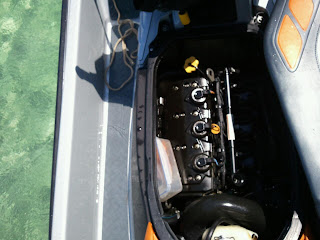 |
| Leftover Chinese food, warming by my exhaust...yummy! |
Store those leftovers in the sturdiest Tupperware container you can find, and toss them in your storage bin before you leave. When you get to your midday stop, pop open the seat, and place the leftovers on top of your engine block…or even better, wedge them next to your volcano-temperature exhaust. Now place the seat back on to keep the heat in. An oven with an open door is not very effective! Wait about 45 minutes or so, and voila…the air will be redolent with the scent of Mexican night! A word of advice. When using this method, throw your lanyard somewhere in the engine compartment…away from any heat sources. This will avoid the inevitable distraction and then subsequent forgetting about your leftovers quietly resting by your engine. You cannot leave without your lanyard, and when you start looking for it, you will remember that your key is inside with the food. One time I forgot, and took off and rode the ocean for about 6 miles before I remembered my platter of shrimp fried rice. When I stopped and looked under the seat, there was a typhoon of rice and carrots and shrimp everywhere! It took a few washings to get it all out, and it stank like a Chinese dumpster inside my ski for nearly a week as those last shrimps evaded getting washed out through the drain plugs…don’t become a victim!
 |
| Foldable, coated grill top = lunch awesomeness! |
Tired of eating leftovers and sandwiches? Why not have a BBQ?! And why rely on hoping one of the public grills will be available when you get there? Take charge of your BBQ by having everything you need to grill anywhere you want. I found this great little Teflon-coated grill section at Home Depot. It fits perfectly in the front storage bin on my ski. Depending on where you go, you can build a fire pit out of rocks, or even discarded beer bottles turned upside down and wedged into the sand. All you need is a level place to rest the grill top. You will also need a bag of Matchlite charcoal (or any “just light the bag” type charcoal), and a good lighter. Oh and some pre-marinated churrasco steaks and some spicy sausages, packed on ice in a soft cooler that can easily take the trip clipped onto the back of your seat. Instant yummy hot BBQ, no “full-sized” boat required!
Hungry yet? Good! Lunch on the water has just taken on a whole newer, tastier meaning. There is no reason to sentence yourself to Oreos and MRE’s, or expensive dockside fare. Grab the burgers and dogs, grab last night’s chicken rotini, and swear off the wilted lettuce nightmare that you were thinking of packing forever! Be the champion of your riding buddies, nomming down on steaming bacon mac & cheese while they glare at you with envy. It is time to revolutionize caloric intake while out making wakes. Oh, and in case any of you were wondering, rice takes an unbelievably long time to get out of motor mounts and recessed screwheads. Bon appetite!
 |
| On a scale of lunch awesomeness...this is somewhere around Epic |
